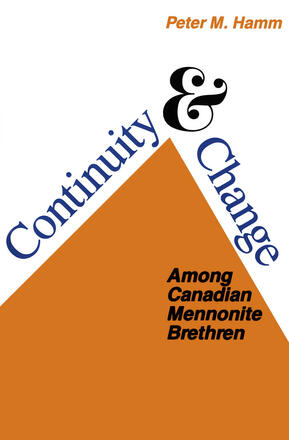
Description
More than 450 years after their birth in the Anabaptist movement, 125 years after their secession from Russian Mennonitism, and 60 years after their immigration to Canada, the Mennonite Brethren exhibit specific and measurable signs of sectarian viability and religious vitality. To explain the persistence of the sect, Hamm analyses the process of sacralization within the Canadian Mennonite Brethren Church — which “safeguards identity, a system of meaning, or a definition of reality” — and the process of secularization — which “erodes boundaries, dislodges stable structures, and destroys identity.” It is an oversimplification, the author argues, to insist that the factors of continuity — ethical and cognitive norms, family solidarity, ethnicity, worship, evangelism, community and church structures, and service agencies — are solely integrative and that the factors of change — urbanization, education, occupational change, and economic affluence — are solely disruptive. Instead, a complex dialectic between the two processes is at work that prevents restrictive rigidity within the sect and excessive accommodation to the host society.
According to the author, “this analysis of the Canadian Mennonite Brethren becomes a case study to test the utility of an identity theory of religion, which hinges on the integration/differentiation dialectic. It is, at the same time, a serious self-study in religious sociology, by which the author seeks to gain a better understanding of the processes of growth and decline, of continuity and change, and of the ongoing tension resulting from the religious movement’s confrontation with society.”